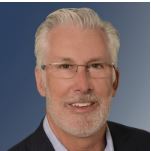
Listen To This Audio Podcast On Opportunity Zones
The end of the COVID Emergency on May 11, 2023 marked a pivotal moment for Qualified Opportunity Zone Businesses (QOZB). These businesses funded by the first quarter of 2023 now have the opportunity to accurately update their Written Working Capital Safe Harbor Plans by September 8, 2023.
What is Working Capital Safe Harbor Plan?
Under Code Section 1400Z-2, a QOZB must keep less than 5% of its assets in “nonqualified financial property,” with reasonable working capital as an exception to this rule. Prior to April 12, 2021, QOZBs were granted the “Working Capital Safe Harbor” (WCSH) which allowed them to hold any amount of working capital for 31 months, provided they had a well-crafted Written Plan and a solid cash-flow analysis showing how the OZ funds will be invested. All this was aimed at meeting the semi-annual 70% QOZB qualified asset test.
However, the Regulations did not address situations during the COVID Emergency, where the original Written (Business) Plan became difficult or impossible to implement due to the ongoing crisis.
What Updates were Made to the Working Capital Safe Harbor Plans?
Have a question about Opportunity Zones? Contact Blake Christian.
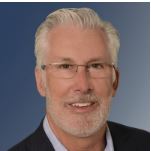
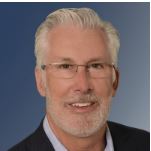
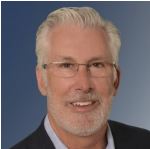
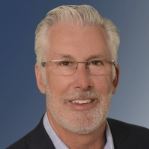


















Recent Comments